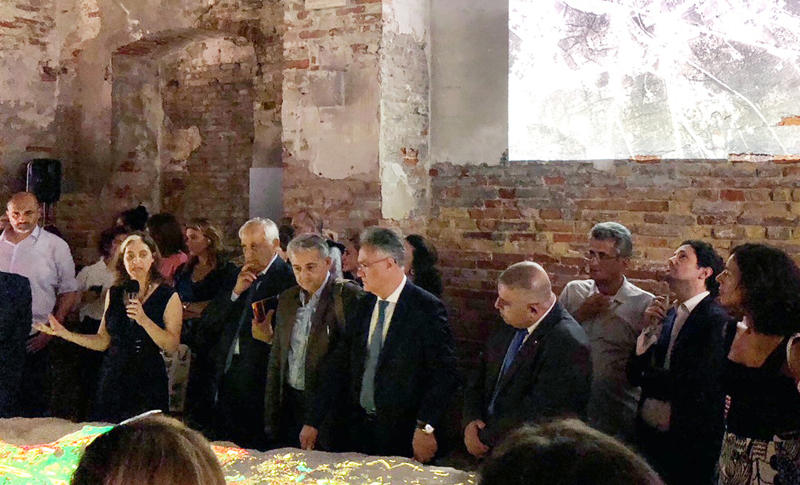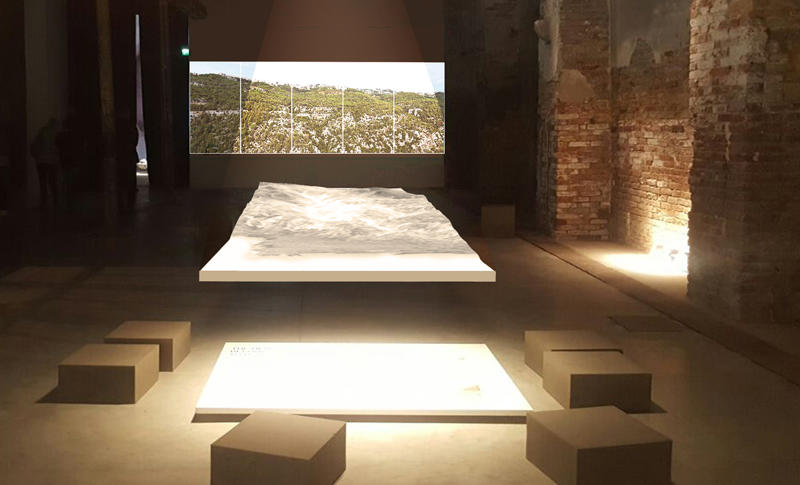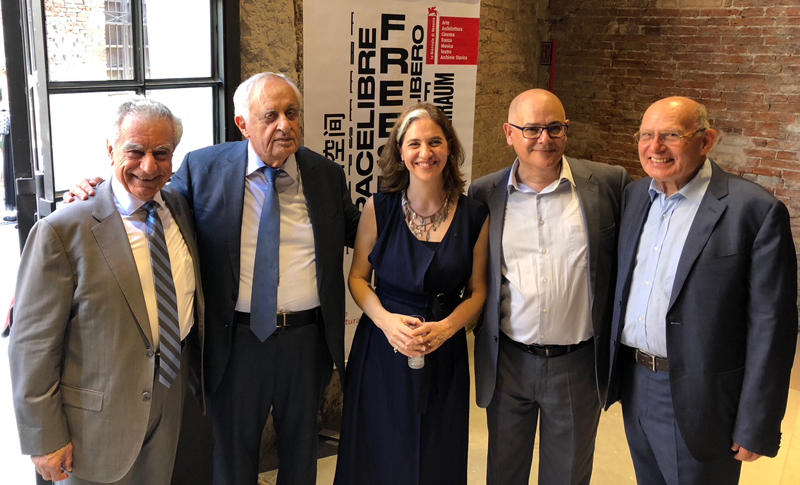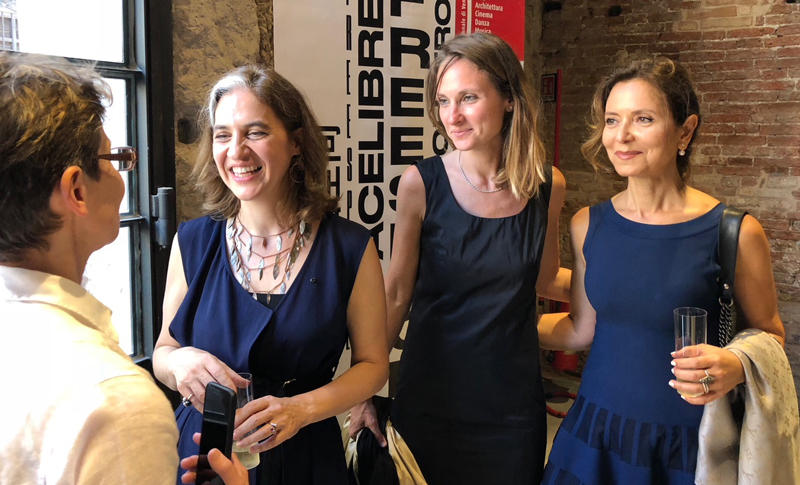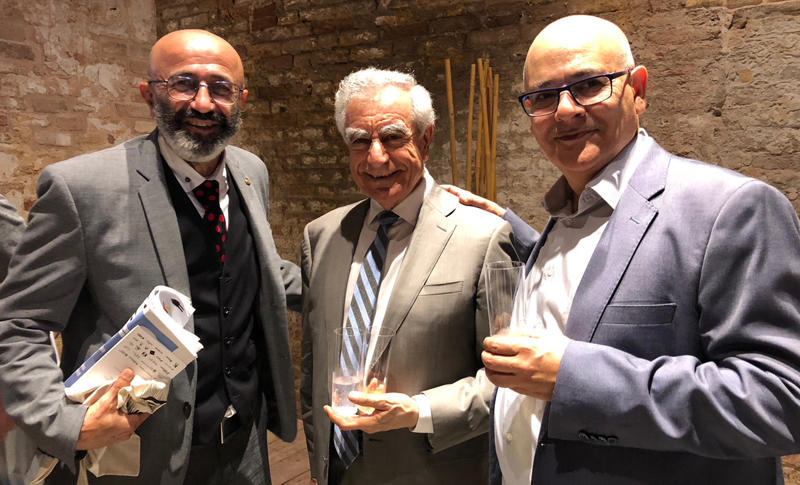Venice Biennale 2018
Hala Younes curates Lebanon’s first exhibit in the international architecture show.
Lebanon is adding special flavor to La Biennale di Venezia, an international exhibition of architecture that takes place on a bi-annual basis in Venice, Italy. This is the first time Lebanon is participating, with the support of the Lebanese Ministry of Culture, and the Order of Engineers and Architects in Beirut.
The curator of the Lebanese exhibition is LAU’s own Hala Younes, assistant professor at the School of Architecture and Design (SArD). Leading a team of faculty and researchers from LAU and other universities, Younes curated the Lebanese Pavilion exhibition, titled The Place that Remains, which correlates with the Biennale’s theme of Free Space.
The exhibit includes a 3D model of the Beirut River Valley, featuring a small replica of a 200 square kilometer area. It also includes audiovisual mapping, aerial maps, and surveys from 1956 and 2015, showing vast differences in land and water use, and urban sprawl and development. The work of six photographers, co-curated by Alain Leloup, and historical aerial photos from the Lebanese army’s Directorate of Geographic Affairs, are also on display.
According to Younes, the aim of the exhibit was to “raise awareness about the territorial challenges in Lebanese society, because our heritage is not only architectural but lies also in geography and landscape.” It focuses on un-built land, the cultural characteristics of development, the prospect of improving the built environment, as well as the architect’s social and cultural role. “We’re highlighting the way this territory is being transformed,” Younes said. “Within this span of time, we’ve seen the tremendous evolution of territories.” Younes wants visitors to come away from the exhibit thinking about “better use of land in terms of architecture, people’s relationship with nature, as well as open spaces and agriculture.”
The exhibit was unveiled on May 25 in Venice in the presence of the Lebanese Information Minister Melhem Riachi, Parliament Member Nehme Tohme, LAU President Joseph G. Jabbra, President of the Order of Engineers & Architects Jad Tabet, Lebanese Ambassador to Italy Mira Daher (herself an LAU alumna), representatives of the Ministry of Culture, Staff Brigadier Moustafa Mousallamani of the Army Geographical Affairs unit, and SArD Dean Elie Haddad. Also attending were a number of prominent local and international architects, as well as LAU faculty.
“We hope that this exhibition will play a role in raising awareness of this important dimension in architecture, the landscape that sustains our environment and makes human habitation possible,” said Dean Haddad. “This exhibition is an important first step in the process of future interventions at the Biennale.”
In preparation for the event, the Department of Architecture & Interior Design – in collaboration with the Department of Urbanism at the Lebanese University, the Lebanese Landscape Association and the Arab Center for Architecture – hosted a conference on the same topic, held in March 2018. The proceedings of the conference are already posted on the SArD website. In addition, the School of Architecture & Design sponsored the catalogue of the Biennale exhibition, published by SKIRA.
The Place that Remains will stay on exhibit in Venice until November 25, 2018.
